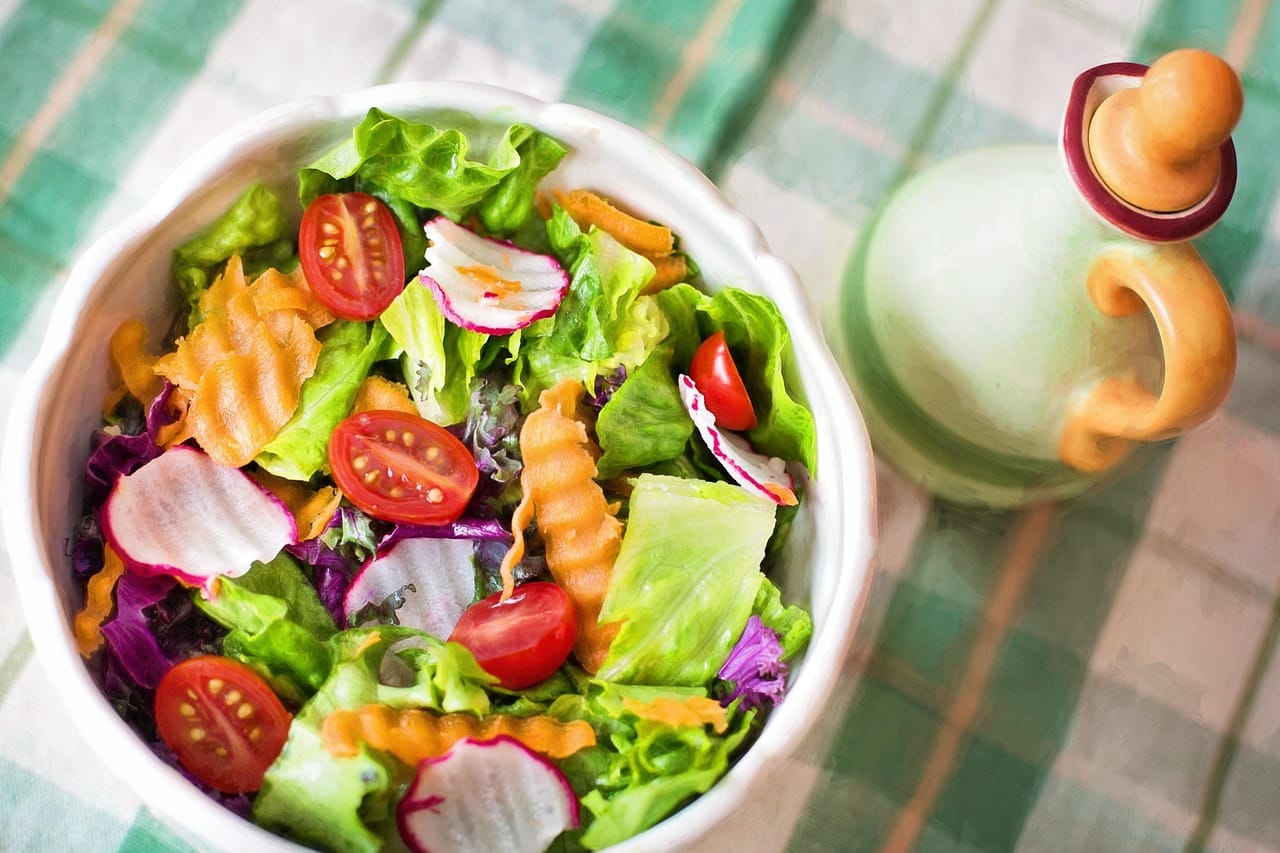Tofu stir-fry is a weeknight hero, a customizable culinary canvas, and a powerhouse of plant-based protein all rolled into one delicious dish. Whether you’re a seasoned vegan, a curious omnivore, or simply looking for a quick and healthy meal, mastering the art of the tofu stir-fry unlocks a world of flavor possibilities. From crispy tofu cubes tossed with vibrant vegetables to savory sauces that tantalize the taste buds, this dish is guaranteed to become a staple in your kitchen. Let’s dive into everything you need to know to create the perfect tofu stir-fry every time.
Choosing the Right Tofu for Stir-Fry
Understanding Tofu Varieties
Not all tofu is created equal, especially when it comes to stir-frying. The texture and moisture content varies greatly, which directly impacts the final result. Selecting the right type is crucial for achieving that desirable crispy, slightly chewy tofu.
- Silken Tofu: This type is very soft and high in moisture. It’s best used in sauces, smoothies, or desserts, not for stir-frying as it will crumble easily.
- Soft Tofu: Similar to silken but slightly firmer, soft tofu is still too delicate for stir-frying.
- Firm Tofu: This is the go-to choice for stir-fries. It holds its shape well and crisps up nicely when pan-fried or stir-fried.
- Extra-Firm Tofu: The firmest variety, extra-firm tofu has the lowest moisture content, making it ideal for achieving maximum crispiness. It requires less pressing and maintains its integrity during cooking.
The Importance of Pressing Tofu
Regardless of whether you choose firm or extra-firm tofu, pressing is a vital step. Pressing removes excess water, allowing the tofu to absorb marinades and brown evenly in the pan. Think of it as prepping the canvas for your flavor masterpiece!
- Why Press? Removing moisture concentrates the tofu’s flavor and creates a denser texture. This ensures the tofu doesn’t steam in the pan but actually crisps up.
- Pressing Methods:
Tofu Press: Invest in a dedicated tofu press for consistent and easy pressing. These devices apply even pressure over time.
DIY Press: Wrap the tofu block in paper towels or a clean kitchen towel. Place it on a plate and top it with a heavy object, such as a stack of books or a cast iron pan.
- Pressing Time: Aim to press the tofu for at least 30 minutes, but longer is better. An hour or two will yield the best results.
Mastering the Stir-Fry Sauce
The Anatomy of a Great Stir-Fry Sauce
The sauce is what brings the entire stir-fry together, harmonizing the flavors of the tofu and vegetables. A well-balanced stir-fry sauce typically includes elements of:
- Sweetness: Adds depth and balances the savory components. Examples: honey, maple syrup, brown sugar, agave nectar.
- Savory: Provides the umami richness. Examples: soy sauce (low sodium is recommended), tamari (gluten-free option), miso paste, oyster sauce (vegetarian versions available).
- Acid: Brightens the flavors and adds a tangy note. Examples: rice vinegar, lime juice, lemon juice.
- Spice: Introduces warmth and heat. Examples: chili garlic sauce, sriracha, red pepper flakes, ginger.
- Thickener: Helps the sauce cling to the ingredients. Examples: cornstarch, arrowroot powder.
Recipe Ideas and Variations
Experiment with different flavor profiles to create unique and exciting stir-fry sauces. Here are a few ideas to get you started:
- Classic Teriyaki: Soy sauce, mirin (sweet rice wine), sugar, ginger, garlic.
- Peanut Sauce: Peanut butter, soy sauce, rice vinegar, honey, chili garlic sauce, water.
- Sweet and Sour: Soy sauce, rice vinegar, brown sugar, ketchup, pineapple juice, cornstarch.
- Spicy Garlic: Soy sauce, rice vinegar, chili garlic sauce, honey, garlic, ginger.
- Example: To make a simple yet delicious peanut sauce, whisk together 2 tablespoons of peanut butter, 2 tablespoons of soy sauce, 1 tablespoon of rice vinegar, 1 tablespoon of honey, 1 teaspoon of chili garlic sauce, and 2 tablespoons of water in a small bowl. Adjust the ingredients to your taste preferences.
Selecting Your Stir-Fry Vegetables
Choosing Fresh and Colorful Vegetables
The beauty of a stir-fry lies in its versatility. You can use virtually any vegetable you enjoy, but consider a mix of colors and textures for a visually appealing and nutritionally balanced dish.
- Cruciferous Vegetables: Broccoli, cauliflower, Brussels sprouts, cabbage
- Leafy Greens: Spinach, kale, bok choy, chard
- Root Vegetables: Carrots, bell peppers (technically fruits, but often used as vegetables), onions, garlic, ginger
- Mushrooms: Shiitake, cremini, oyster mushrooms
- Other: Snap peas, snow peas, edamame, water chestnuts, bamboo shoots
Proper Vegetable Preparation
Properly preparing your vegetables is essential for ensuring they cook evenly and retain their crispness.
- Cutting Techniques: Cut vegetables into bite-sized pieces that are similar in size. This allows them to cook at the same rate.
- Pre-Cooking Hard Vegetables: Vegetables like carrots and broccoli stems may require a brief blanching or steaming before adding them to the stir-fry to ensure they become tender.
- Adding Vegetables in Stages: Add vegetables in order of their cooking time. Start with the hardest vegetables and finish with the leafy greens.
The Stir-Fry Technique: Heat, Oil, and Timing
High Heat is Key
The key to a successful stir-fry is high heat. A wok is ideal for stir-frying because its curved shape allows for even heat distribution and easy tossing. However, a large skillet will also work well.
- Why High Heat? High heat sears the ingredients quickly, preventing them from becoming soggy and preserving their texture and flavor.
- Choosing the Right Oil: Use a neutral oil with a high smoke point, such as canola oil, vegetable oil, peanut oil, or avocado oil. Avoid olive oil, which has a lower smoke point and can burn at high temperatures.
Stir-Frying in Batches
Avoid overcrowding the pan, as this will lower the temperature and cause the ingredients to steam instead of stir-fry. Cook in batches if necessary.
- Tofu First: Start by stir-frying the tofu until it is golden brown and crispy. Remove it from the pan and set it aside.
- Vegetables Next: Add the vegetables to the pan in order of their cooking time, starting with the hardest vegetables and ending with the leafy greens.
- Sauce and Combine: Once the vegetables are tender-crisp, add the stir-fry sauce and bring it to a simmer. Then, add the tofu back to the pan and toss to coat.
Garnishing and Serving
Garnish your tofu stir-fry with fresh herbs, such as cilantro or scallions, toasted sesame seeds, or a drizzle of sesame oil. Serve it over rice, noodles, or quinoa.
- Rice Options: White rice, brown rice, jasmine rice, basmati rice
- Noodle Options: Udon noodles, soba noodles, rice noodles, egg noodles
- Adding Protein:* Consider adding other protein sources, such as shrimp, chicken, or beef, to your stir-fry. (Adjust cooking times accordingly)
Conclusion
Tofu stir-fry is a versatile and delicious meal that can be customized to your liking. By following these tips and techniques, you can create a flavorful and healthy dish that everyone will enjoy. Experiment with different vegetables, sauces, and garnishes to find your perfect combination. So grab your wok (or skillet), gather your ingredients, and get ready to stir-fry your way to a delicious and satisfying meal! The key takeaways are: Press your tofu thoroughly, use high heat, and don’t be afraid to experiment with different flavor combinations to create your own signature tofu stir-fry. Enjoy!




